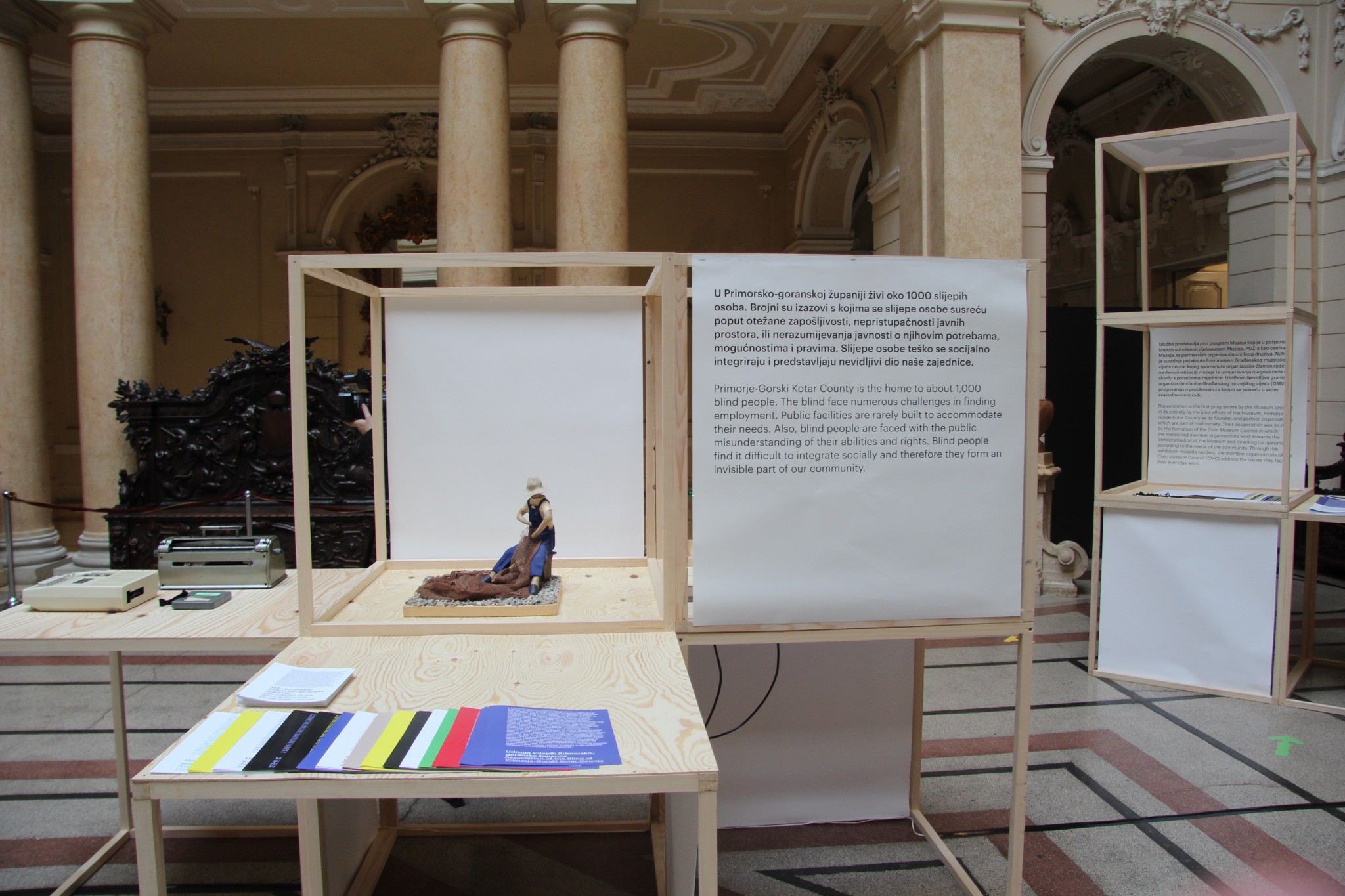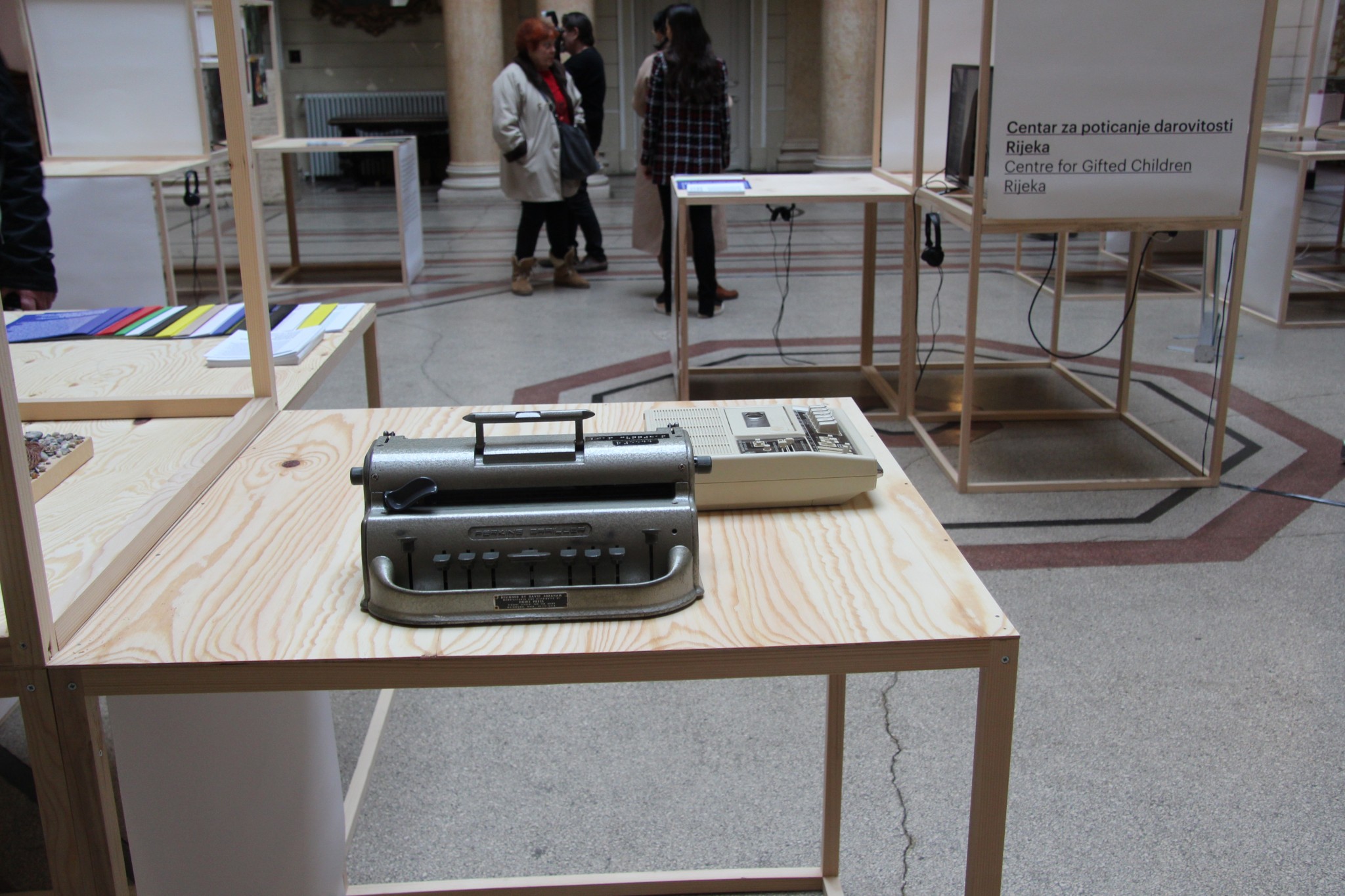Through the exhibition, civil society organisations — members of the Civic Museum Council — talk about the ongoing challenges of today through the prism of visible and invisible borders.
The exhibition (In)Visible Borders is a pre-programme of the exhibition Borders – Between Order and Chaos, the central event of the Maritime and History Museum of the Croatian Littoral Rijeka within the Rijeka 2020 – European Capital of Culture programme.

The exhibition is the first programme of the Museum created entirely through the combined efforts of the Museum, Primorje-Gorski Kotar County and partner civil society organisations. Their collaboration was motivated by the establishment of the Civic Museum Council within which the above-mentioned organisations-members work on thedemocratisation of the museum and aligning its activities with the needs of the community. Through the exhibition (In)Visible Borders the organisations-members of the Civic Museum Council talk about the problems they encounter in their everyday work. They talk about the status of pensioners and the reasons behind their insufficient involvement in the life of our community. They raise a complex issue of the integration of the blind and visually impaired people in society.

They talk about the difficult working conditions to which the highly propulsive sector of our economy – the creative industry – is exposed, and they wonder if we, as a society, are able to recognise our biggest potential – gifted children? They talk about our fellow citizens, children and adults, who pass under the radar and make up an invisible, and thus discriminated part of our society. They also remind us of our negative impact on the natural world. By accumulating waste, we destroy the planet, making it invisible to future generations.
Along with the warnings, these organisation-members also propose certain solutions. The numerous activities they implement in their work lead to achieving better conditions, possibilities and rights for individuals and social groups. And the numerous accomplishments testify to pushing the border of the visible at the expense of the invisible.

And finally, they speak to each of us individually, asking us whether we are informed about these topics, whether we have an opinion on them and whether we are ready to change ourselves, our habits and worldview to improve the position of others.